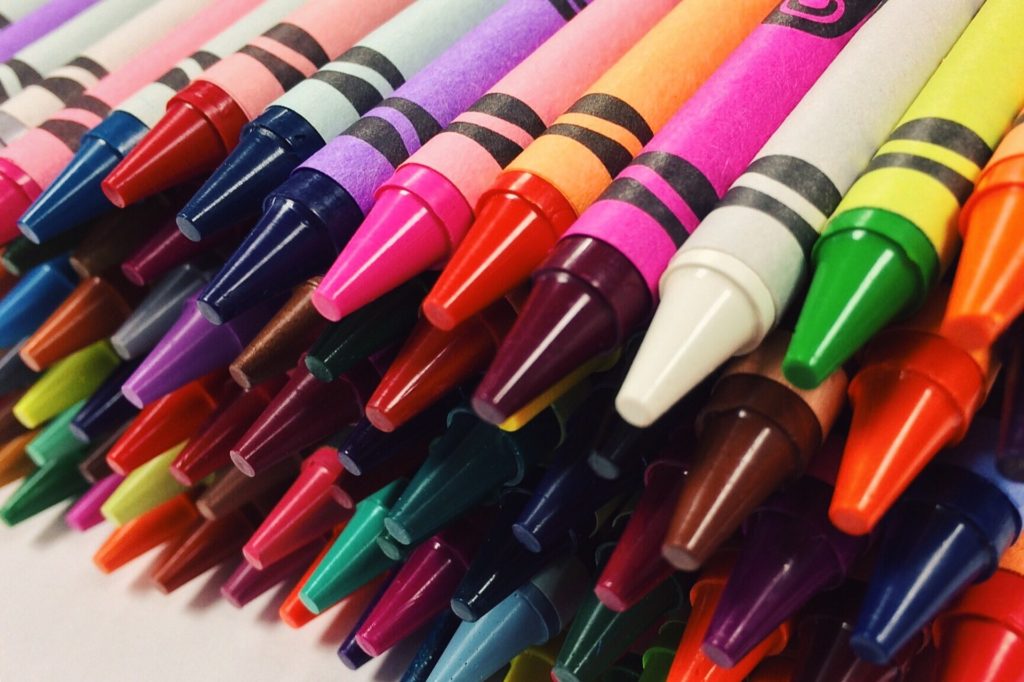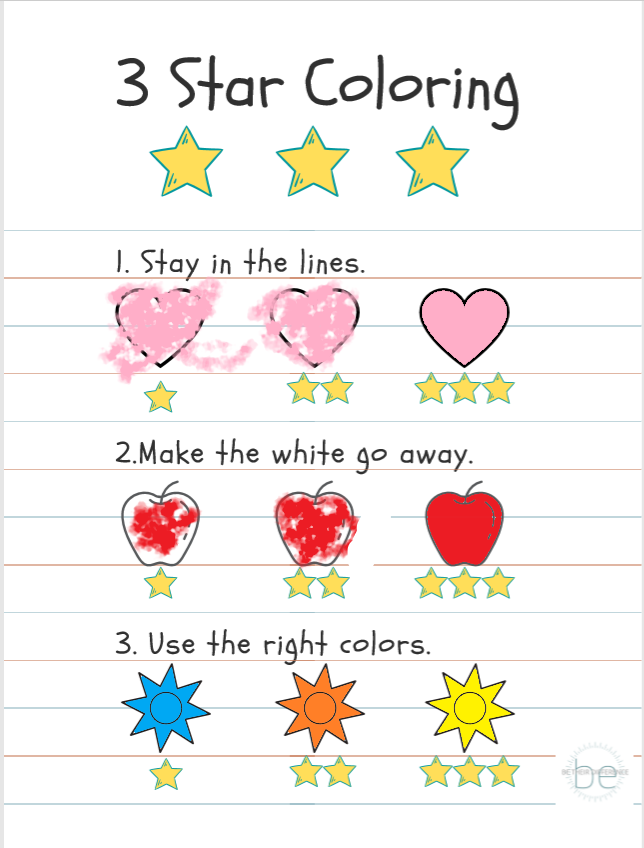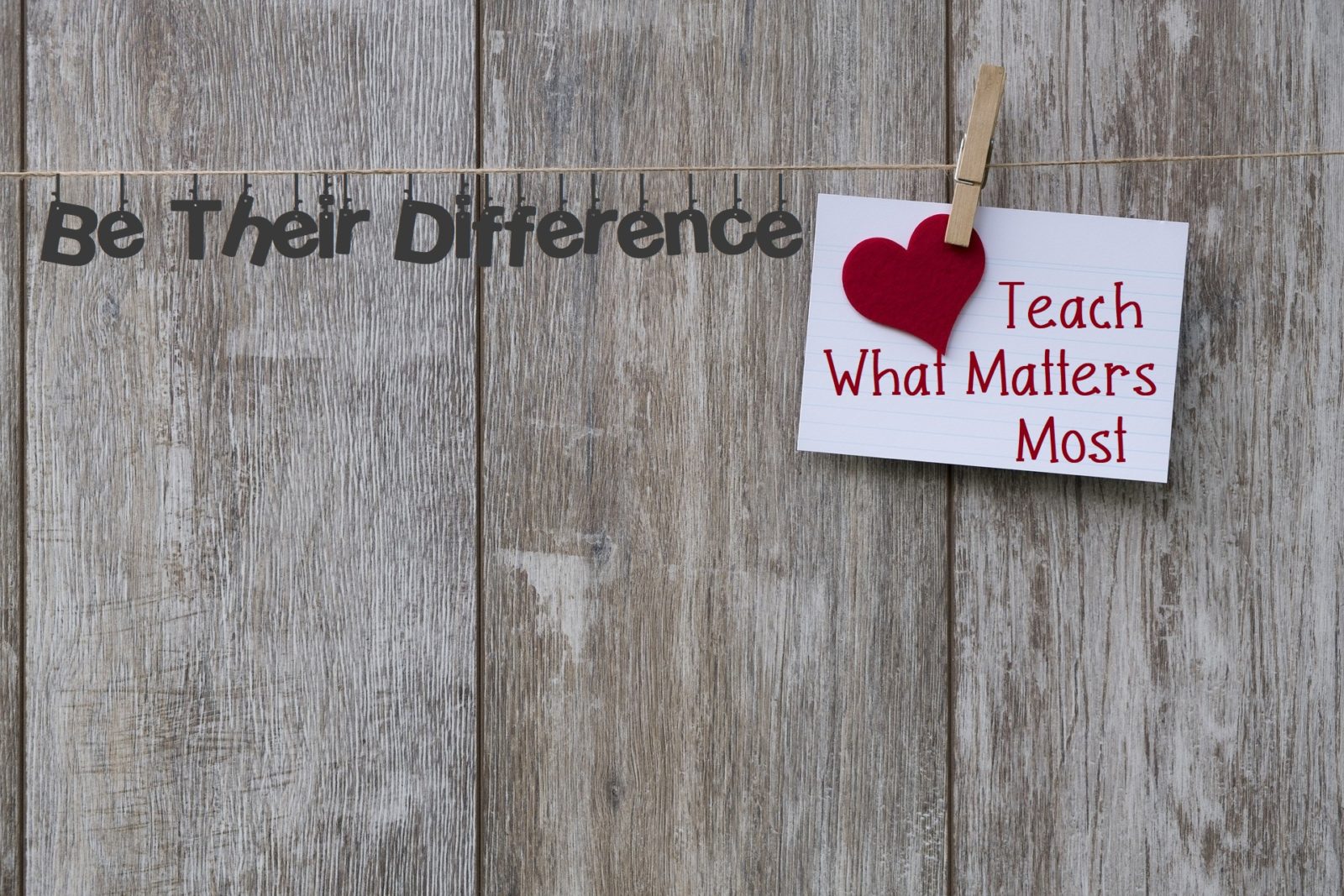
There is nothing better than a new box of crayons! If you are anything like me, you probably have very fond memories of getting your new box of crayons when it was time for school to start. But nothing beat the BIG box of crayons that you got to keep at home!
How about memories of sitting at the kitchen table or lying on your belly in the living room with a new coloring book? Ahhh the memories!
Well, coloring is so much more than just making childhood memories!
It’s developmental and kids gain so much from it!
Coloring is something people of all ages enjoy. No matter how old you are, this timeless activity has so many benefits.
Coloring has even made a comeback for adults. In the past handful of years, many of my friends have gotten back into coloring. It is relaxing and fun! Click here for free adult coloring pages.
For kids, the benefits are endless! If you aren’t coloring with your kids, start today! You will see that it creates quality time, allows them to open up in conversation, and it shows them how to direct their focus, take time, and relax. All while having fun together! Click here for free printable coloring pages for everyone.

Young children and adults often find coloring a way to relieve anxiety. Child and Adolescent Therapists also use coloring as a way to make their patients feel comfortable. Coloring often helps students to open up and talk about how they are feeling and what is going on in their minds.
In schools, coloring has become something that only occurs with leftover or extra time, leaving students little time to actually put effort into the coloring. No matter what grade you teach, your kids will enjoy a chance to relax and color while working those muscles in their hands.
Has coloring become a lost art for kids?
Although many adults have picked up coloring as a pastime, many kids never pick up the art at all. The age of technology may play a role in this. Putting down the video game controller and learning to color doesn’t come natural to a young child. However, if you sit and color with them, they seem to both enjoy it and build the attention for it.
We have seen a decline in fine motor skills in the past couple decades, could lack of activities such as coloring be the reason?
Children who have weak fine motor skills, can find coloring to be a frustrating task. Many students will rush through a coloring page just to get it done. While others will take an entire week to get a coloring page completed. Some students say they very much dislike coloring while other students love it. There are a couple factors that come into play with coloring: attention span, quality over quantity, and the physical motor skill development. Let me explain how coloring will benefit your child/students.
3 Ways coloring will benefit your child
- Attention Span– Coloring requires time. It’s no secret that the attention span of kids today is shorter than that of kids decades ago. The pace of life and the speed of screens (video games and cartoons) has drastically quickened. There was a study done that suggested that today’s cartoons vary in how they affect a child’s ability to attend to a task. Our fast paced life styles have left little time for families to sit and color together. In addition to a decline in attention span of kids, we are seeing an increase in the number of students lacking in fine motor skill development. I believe that coloring regularly could help with both of these problems that we are seeing in our students. Sitting down and taking your time to finish a coloring page requires both attention and fine motor skills. Children will develop both with more practice and applied effort to their coloring.

- Quality over Quantity– Teach your students how to color!!! Parents, sit and color with them! Be a model! Show them the different techniques! I cannot stress this enough. If you teach a primary grade, DO NOT assume they know how, AND TEACH IT! This simple anchor chart shows 3 simple rules for “3 Star Coloring”. If you already do something like this I applaud you! If not, this is yours to use or to recreate!
- Fine Motor Skill Development-The actions and precise grip used for coloring can help develop the muscles of the fingers, hands and wrist. The motions of coloring and the way you manipulate the crayon on the paper is the same that you use for handwriting. This daily practice will promote great habits for good handwriting.
So why has coloring become a thing of the past?
Many teachers feel as though coloring is simply something they do as busy work. Many feel as though there is not time for coloring today due to the high educational rigor and academic demands. They feel that coloring is simply not a priority over the academic priorities put on their plates.
I strongly disagree with these statements! I believe that in a primary classroom the importance of learning “how” to color and setting high expectations of how our students continue to color is just as important as teaching them how to form a letter or write their name.
It’s a foundational skill that sets an example of the amount of effort put into what they do. Coloring practice should happen frequently and with effort (not just scribbling to get done) to create good habits for learning and fine motor skill development.
Holding your child/students to this expectation will help to develop the fine motor skills that will be necessary for learning to write letters, words, sentences, and on to paragraphs and essays. Writing alone is a difficult process. We can help our students by strengthening the muscles necessary for producing good quality work as they grow in their academic career.
Now it the best time to change how we view coloring in our primary classrooms! We are all reinventing our school year and I have a couple simple tips on how to integrate coloring back into your classroom. These tips are realistic and easy to implement without taking away from your instructional time!
Ways to integrate coloring into your classroom.
- Fine Motor Bins- You can read more about how to create fine motor bins here. Your student would visit the coloring bin once or twice a month if you planned for one coloring bin each round.
- Coloring Contests– A monthly coloring contest! This is seriously the best motivator! Give all of your students the same coloring page. Have them write their name on the back so that you don’t know who colored each paper. You can be the judge or even better ask another teacher to be the judge. Winner gets to pick from the treasure chest or whatever other incentives your students love! This was always a big hit in my class!
- Weekly Coloring Sheet– You can get free coloring pages here at Crayola.com and many other places on the web. Pass out a coloring sheet at the beginning of the week. Have the students keep it in their folder or desk (wherever they keep their unfinished work). When they get it done display their work in the class. One teacher decorated a cupboard door in her classroom to look like a refrigerator and hung student coloring pages on it (just like at home). I had a clothes line that hung along the back wall of my class that had clips with each student’s name on it. They would hang their coloring when they finished it! Each week, when they put their paper up, they can take the old one down and take it home! It was completely managed by the kids!
Coloring Table- There are two ways to do a coloring table!
- You can simply use butcher paper (bulletin board paper) as a tablecloth and allow kids to draw and color on it when they have free time.
- Buy or purchase tablecloths that have images for coloring. Sometimes you can find them at party stores, dollar stores, and online by clicking the link here.
Who is ready to color now? Go buy some new crayons, coloring books, and enjoy the time you have with the people you care about! Coloring could bring your family closer!
Comment to share what you love about coloring!

